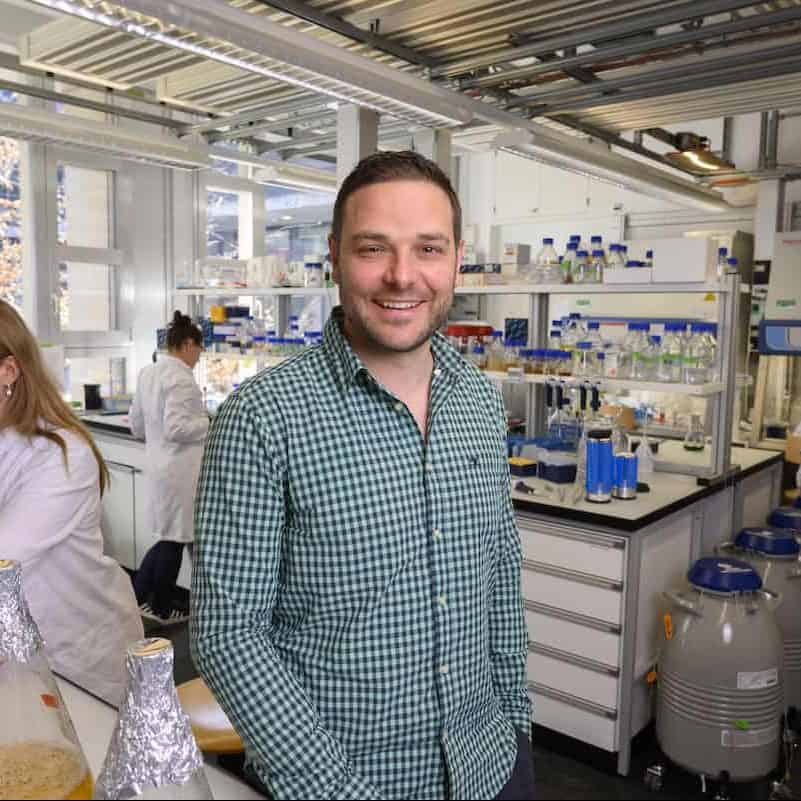Researchers from ETH Zurich and the University of Tübingen have taken a high-resolution look at the structure and function of cell-to-cell connections in filamentous, multicellular cyanobacteria. This enables them to explain how these microorganisms regulate the transport of various substances between the individual cells.
Also known as blue-green algae, cyanobacteria are a special class of bacteria that are able to perform photosynthesis. In evolutionary terms, they are ancient. Their predecessors – which first emerged on earth some 2.5 billion years ago – paved the way for higher forms of life thanks to their ability to produce oxygen by photosynthesis.
Some cyanobacterial species are filamentous, multicellular organisms that have developed differentiated cell functions. Some cells perform photosynthesis, while others absorb atmospheric nitrogen. The cyanobacteria obtain energy in the form of glucose through photosynthesis; they use the nitrogen to produce amino acids, the building blocks of proteins.



